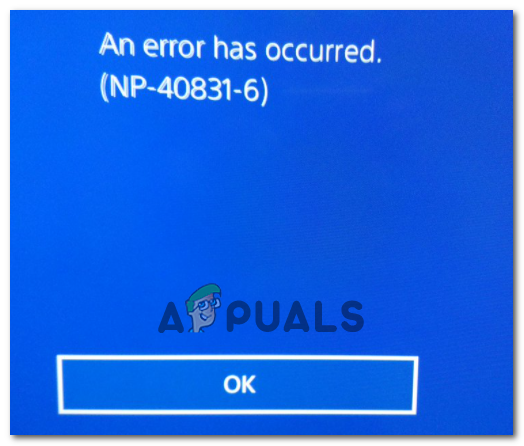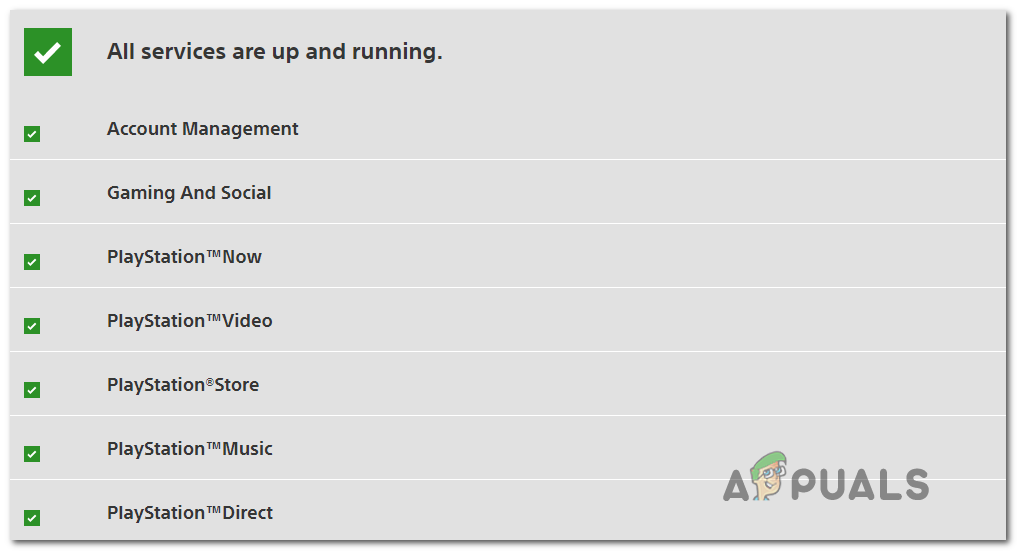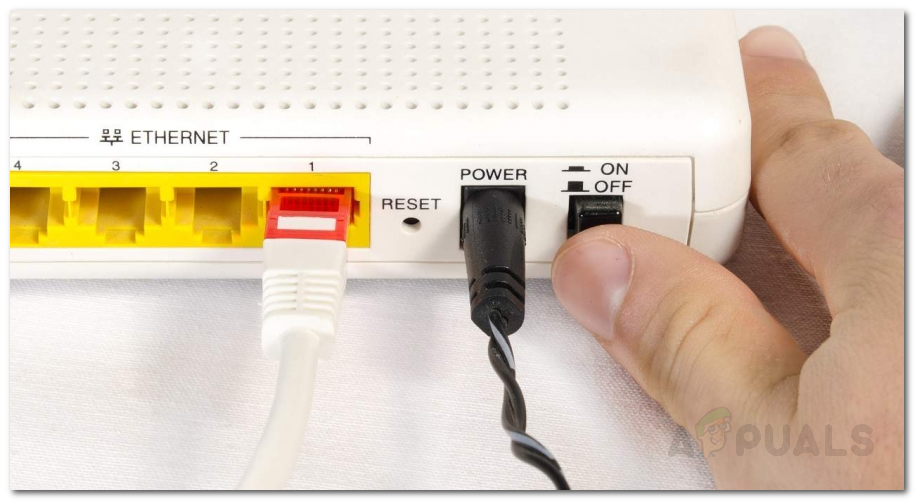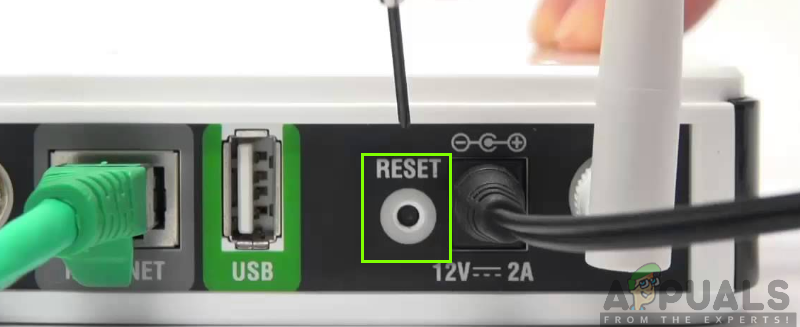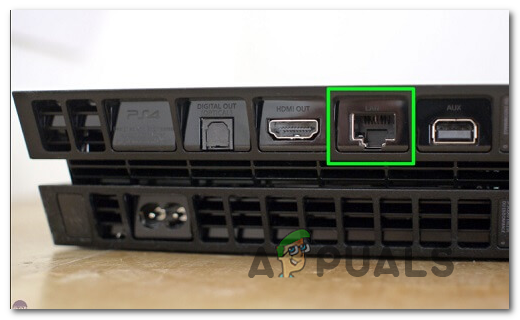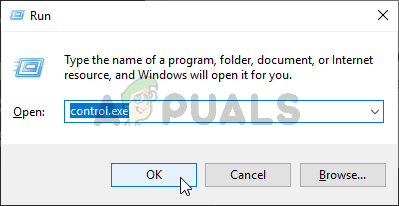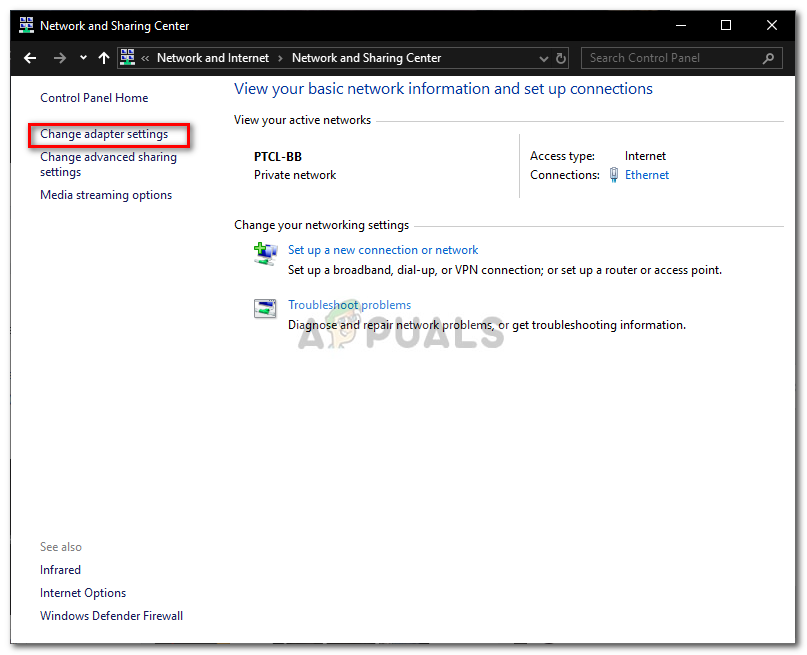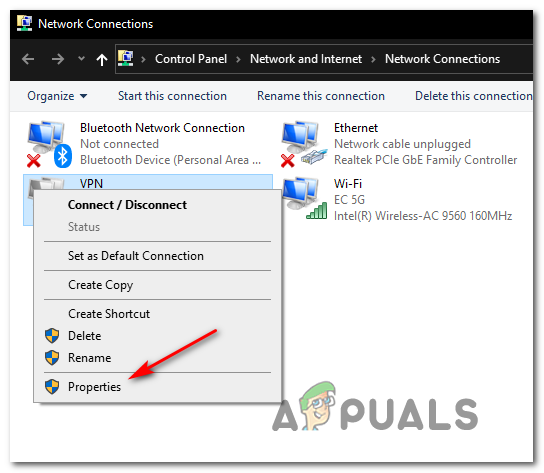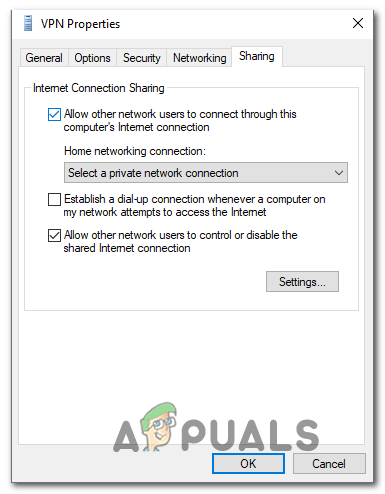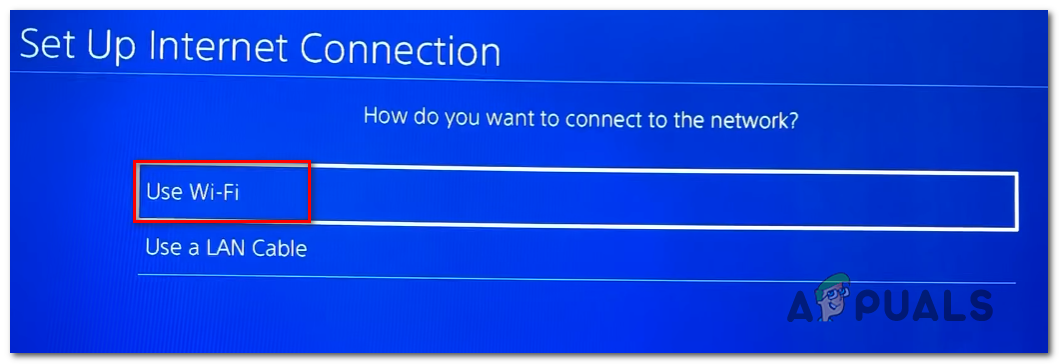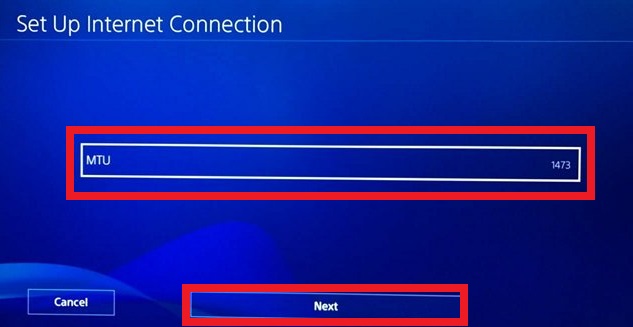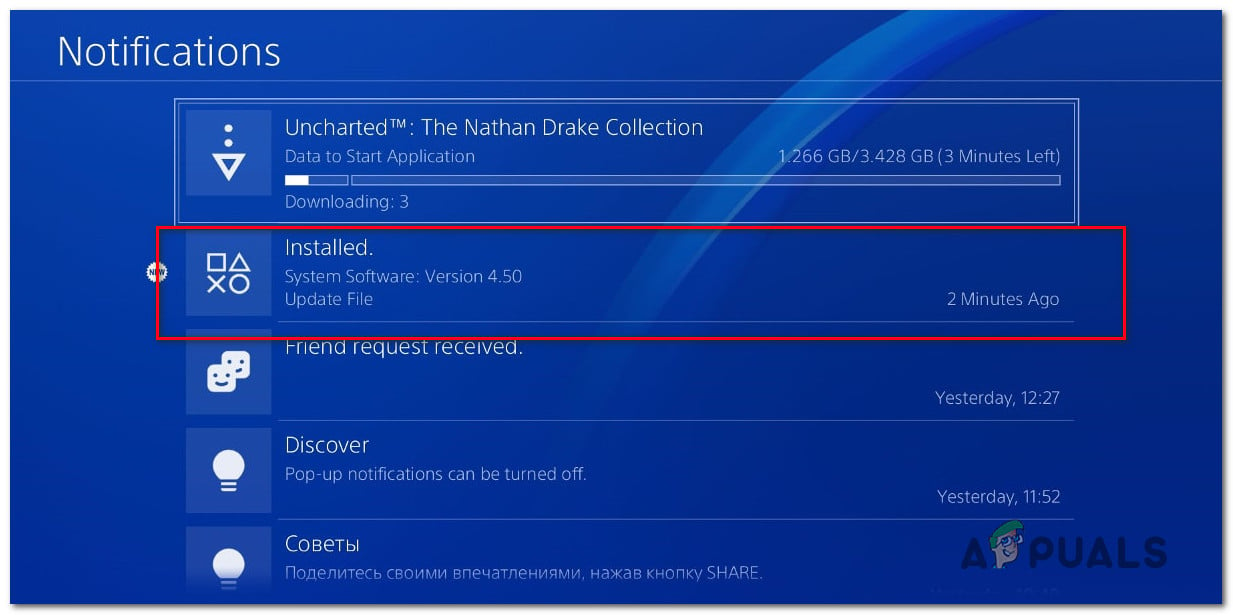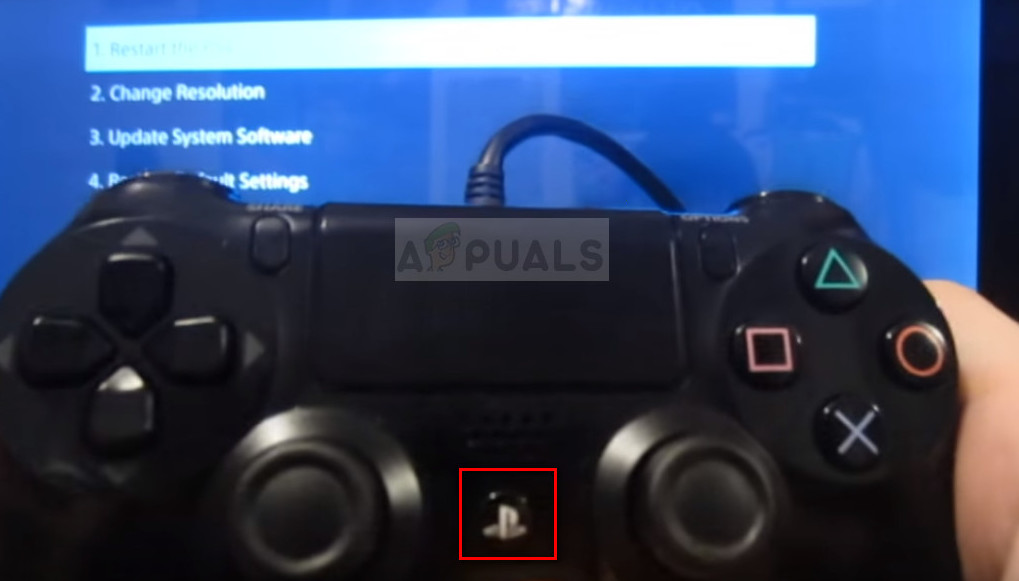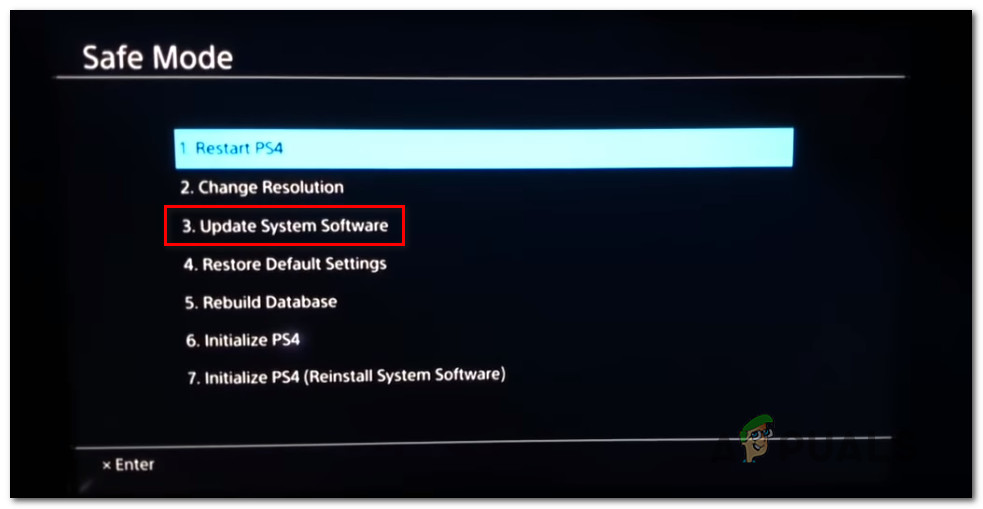After investigating this issue thoroughly, it turns out that there are multiple potential causes that might cause this particular behavior. We’ve made a shortlist of potential culprits that might be responsible for the apparition of this issue:
Method 1: Checking for PSN server issues
As with the vast majority ps PS4 issues, the first things you should do when troubleshooting for a local issue is to make sure that you’re not actually dealing with a server issue that is beyond your control. This particular error (NP-40831-6) is sometimes linked to a PSN server issue, having to do with a problem with the Account Management function. If you think you might be dealing with a server issue, you should start by checking the official status page of PSN. Once you’re there, go ahead and inspect every function of PSN and see if Sony is currently reporting any problems. In case you found no evidence of a server issue and no other users in your area are encountering the same problem, you can conclude that you’re dealing with a problem that’s only occurring locally (for your particular setup). If this is true, move down to the next method below to troubleshoot your local network.
Method 2: Restart or Reboot router
As it turns out, this problem can also occur due to a network inconsistency brought about by a glitched or badly configured router. Several affected users that were previously dealing with the same problem have confirmed that they managed to get the issue resolved after rebooting or resetting their network device. If you’re dealing with a problem caused by your router, one of the following potential fixes below should take care of the issue (especially if you’ve connected your PS4 to your Wi-Fi network. Note: If you’re using a router with limited bandwidth, disconnecting every non-essential device can make all the difference. Remove every non-essential device that is not relevant right now before following one of the sub-guides below.
A. Rebooting your router
If you are afraid of data loss, the ideal way to start is with a simple router reboot. This operation will end up clearing the majority of TCP / IP glitches that might contribute to the apparition of this error code on PlayStation 4. If you didn’t try to restart your network device (router) yet, you can do so by pressing on the On/Off button (typically located on the back). Once the router is turned off, go ahead and disconnect the power cable and wait for 1 minute to allow the power capacitors enough time to clear any temp data stored in-between restarts. Next, restore power to your router and start the device back up to see if this rends up resolving the NP-40831-6 error code. If the same problem is still occurring, move down to the next potential fix below.
B. Resetting your router
If the simple reset procedure didn’t work in your case, you might want to start considering the fact that you might be dealing with an issue caused by a router setting that is affecting the connection with PlayStation Network. However, since there are a lot of scenarios that might cause this issue the closest cure-all fix you have at your disposal is to reset your router settings back to their factory settings. But before you engage in this procedure, keep in mind that this operation will end up clearing any custom settings that you might have previously established in your router settings. This includes any forwarded ports, saved PPoE login credentials, whitelisted/blocked devices, and network restrictions. If you want to go for this procedure, press and hold on the reset button (on the back of your router) and keep it pressed until you see every front LED flashing at the same time – With most models, you need to hold the reset button for about 10 seconds until this happens. Note: Most manufacturers will place the reset button inside the plastic case, so you’ll need a small object like a toothpick or a small screwdriver to be able to press and hold on it. After the reset procedure is complete, go through the steps of re-enabling your internet connection. If your ISP is using PPPoE, you will need to re-configure the login credentials before you’ll be able to restore internet access. Once you have successfully reset your home network, connect your PS4 to the network once again, and repeat the action that was previously causing the NP-40831-6 error code. If the issue is still not resolved, move down to the next potential fix below.
Method 3: Filtering the connection through a VPN
According to some affected users, this problem can also occur due to a Level 3 Node that is inhibiting the connection between your console and the PlayStation Network. If this scenario looks like it could be applicable and you’re facing similar issues with different services or games, one solution that might just work in your case is to set up a VPN network on your computer and then filter the connection of your PS4 through it via an ethernet cable. This particular fix has been confirmed to work by several different users that have been previously dealing with the NP-40831-6. If you want to try out this fix, follow the instructions below to filter your PS4 Internet connection through a VPN network: In case the same error code is still occurring, move down to the next potential fix below.
Method 4: Filtering the connection through a Hotspot (if applicable)
If you only want to connect to PSN to validate ownership (not to play multiplayer games), you should be able to circumvent the NP-40831-6 error code by connecting your PS4 to a hotspot instead of connecting it directly to your home network. This operation was confirmed to work by a lot of affected users, but it’s not ideal if you plan on joining multiplayer settings. While on a hotspot, you can expect to experience lag. If you want to attempt this potential workaround, follow the instructions below for some step-by-step instructions on filtering your Internet connection on your PS4 through a PC-based or mobile-based hotspot. Follow the instructions below to filter the Ps4 connection through a Hotspot: In case the same problem is still appearing, move down to the next potential fix below.
Method 5: Configuring the network manually
As it turns out, this particular error code (NP-40831-6) can also occur due to inconsistency with some network values that were automatically assigned when you choose to set up the connection manually. According to some affected issues, some ISP (Internet Service Providers) are prone to assign bad DNS (Domain Name Address) values if the users allow this to be assigned automatically. On top of this, depending on the circumstances where you end up seeing the NP-40831-6 error code, this problem might also be related to the Maximum Transmission Unit (MTU) allowed for this particular connection. If this scenario is applicable, you should be able to fix this problem by making the switch to a manual DNS range and by modifying the default MTU size to accommodate large data transfers. Here’s a quick guide on how to do this from the PlayStation 4’s settings menu: If you still end up with the same error code, move down to the next potential fix below.
Method 6: Update firmware via Safe Mode
According to some affected users, this problem can also occur in situations where a glitched update prompt is not appearing even if a mandatory update needs to be installed before you’ll be able to connect to the PlayStation Network. Several affected users that have been dealing with the same problem have confirmed that they managed to fix this problem by entering Safe Mode on their PS4 and forcing the firmware installation for there. If you didn’t try this yet, follow the instructions below to install the latest firmware version from safe mode. The instructions will be applicable for every PS4 version released so far (PS4 Vanilla, PS4 Slim, and PS4 Pro).
How to Fix ‘System 53 Error has Occured’ Error on Windows?[FIX] ‘An Error Occured while Trying To Copy a File’ Filmora Installation Error…Fix: Google Chrome Profile Error OccuredFix: CMD System Error 6118 occured
